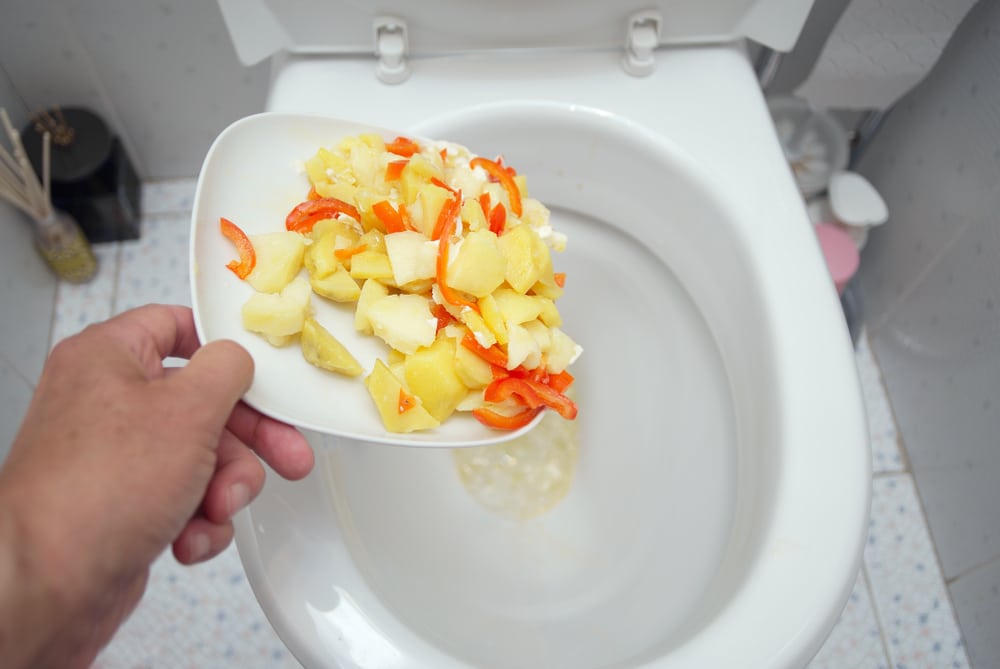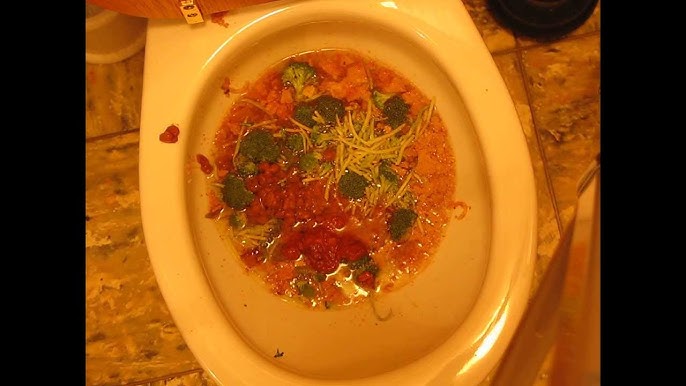In this article below you can find some amazing insight related to Think Twice Before Flushing Food Down Your Toilet.

Introduction
Lots of people are typically faced with the problem of what to do with food waste, particularly when it concerns leftovers or scraps. One typical concern that occurs is whether it's okay to purge food down the bathroom. In this post, we'll explore the reasons people could think about flushing food, the effects of doing so, and alternate techniques for correct disposal.
Reasons individuals might consider purging food
Absence of recognition
Some people might not know the possible harm brought on by flushing food down the commode. They may incorrectly think that it's a safe technique.
Convenience
Flushing food down the bathroom might seem like a quick and easy remedy to disposing of undesirable scraps, particularly when there's no neighboring garbage can readily available.
Idleness
In many cases, individuals might simply select to flush food out of large negligence, without thinking about the repercussions of their actions.
Effects of flushing food down the bathroom
Environmental influence
Food waste that winds up in rivers can add to air pollution and harm aquatic environments. Additionally, the water utilized to flush food can strain water resources.
Pipes problems
Flushing food can lead to clogged up pipelines and drains, triggering expensive pipes repair work and aggravations.
Kinds of food that should not be purged
Coarse foods
Foods with fibrous appearances such as celery or corn husks can get entangled in pipelines and create blockages.
Starchy foods
Starchy foods like pasta and rice can absorb water and swell, resulting in blockages in pipes.
Oils and fats
Greasy foods like bacon or food preparation oils should never ever be purged down the toilet as they can strengthen and create obstructions.
Correct disposal methods for food waste
Making use of a garbage disposal
For homes equipped with waste disposal unit, food scraps can be ground up and purged through the pipes system. Nonetheless, not all foods appropriate for disposal in this manner.
Recycling
Specific food product packaging materials can be reused, reducing waste and reducing ecological influence.
Composting
Composting is an environment-friendly means to throw away food waste. Organic products can be composted and made use of to enrich dirt for gardening.
The relevance of proper waste management
Lowering ecological injury
Proper waste administration techniques, such as composting and recycling, help minimize contamination and protect natural resources for future generations.
Securing pipes systems
By preventing the practice of flushing food down the commode, property owners can stop expensive pipes repairs and maintain the integrity of their plumbing systems.
Final thought
In conclusion, while it might be tempting to flush food down the bathroom for convenience, it's important to comprehend the possible effects of this activity. By taking on correct waste administration methods and disposing of food waste responsibly, people can add to healthier pipes systems and a cleaner atmosphere for all.
FLUSH FOOD DOWN THE TOILET?
FLUSHING FOOD CAN CAUSE BLOCKED DRAINS IN YOUR HOME
All of the plumbing fixtures in your home are connected to the same sewer pipe outside of your home. This outdoor sewer pipe is responsible for transporting all the wastewater from your home to the Council sewer mains. Even small pieces of food that go down the kitchen sink can cause problems for your sewer. It should therefore be obvious that flushing larger bits of food, such as meat, risks a clog in either the toilet itself or the sewer pipes. Flushing greasy food is even more problematic because oil coagulates when it cools, coating the interior lining of your pipes.
THE TOILET IS NOT A BIN
Food isn’t the only thing that people shouldn’t be flushing down the toilet. People use the toilet to dispose of all kinds of things such as tampons, makeup wipes, dental floss, kitty litter and even underwear. Water goes to great lengths to educate residents about the high costs and stress placed on wastewater treatment systems simply from people flushing the wrong stuff down the toilet. It costs taxpayers millions of dollars each year, and homeowners thousands in blocked drain repairs.
FLUSHING FOOD IS A WASTE OF WATER
Flushing food is a waste of our most precious resource - water. In June this year Level 1 water restrictions were introduced to protect water supply from drought conditions. Much of New South Wales continues to be affected by prolonged drought with recent figures revealing up to 97 per cent of the state remains in drought. Depending on whether you have a single or dual flush toilet, every single flush uses between five and 11 litres of water. In the current climate this is a huge amount of water to be wasting on flushing food that should be placed in the bin (or better yet, the compost).
https://www.jabplumbingsolutions.com.au/blog/can-you-flush-food-down-the-toilet

Hopefully you enjoyed our piece about . Thanks a lot for taking a few minutes to read our article. Are you aware of somebody who is fascinated by the topic? Be sure share it. We truly appreciate reading our article about Flushing Food Down the Toilet?.
Call Today